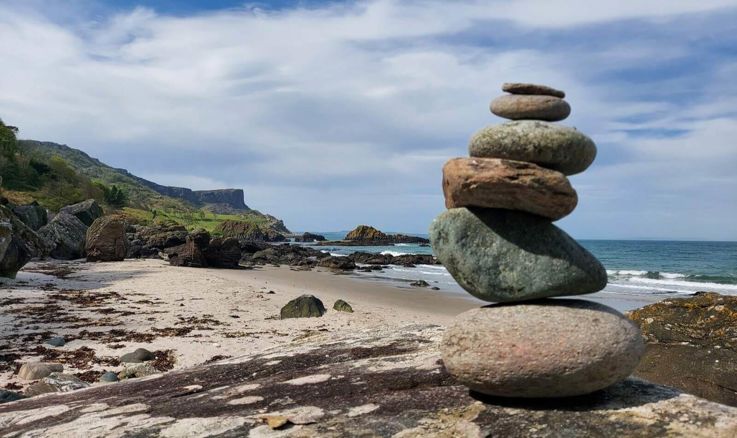- Reducing harmful, wasteful and non-recyclable products.
- Reducing food waste is a massive component of the strategy.
- Control stock - buy what you need
- Cut out single use plastic
- Reduce packaging
- Reduce energy consumption
Part 4: Circular Economy - Tourism and Waste
Contents
Part 4: Circular Economy - Tourism and Waste
The Circular Economy Strategy includes 12 proposals for change which set out how we could kick start the transition from a linear to circular economy.

The strategy states that its vision is that:
“By 2050, Northern Ireland will have an innovative, inclusive and competitive economy where business, people and planet flourish, with responsible production and consumption at its core.”
“By 2050, Northern Ireland will have an innovative, inclusive and competitive economy where business, people and planet flourish, with responsible production and consumption at its core.”
The strategy further defines The Circular Way as an alternative model to our current “take-make-use-waste” economy, in which:
- We rethink and reduce our use of earth’s resources
- We switch to regenerative resources
- We minimise waste
- We maintain the value of products and materials for as long as possible

Graphic from The Circular Economy Strategy for Northern Ireland. Figure 1 Linear vs Circular
The circular economy model revolves around the concept of keeping materials and products in use for as long as possible.
Businesses can incorporate circular economy strategies in many ways. These strategies often involve assessing their products' life cycles.
As shown in the current draft, the main goals of the strategy are outlines in the following graphic:

Graphic from The Circular Economy Strategy for Northern Ireland.
A huge part of the circular economy revolves around reducing waste. To reduce waste most effectively, businesses must assess their material usage through the lens of the waste hierarchy.

Graphic from Velenturf APM, Purnell P, Tregent M, Ferguson J, Holmes A. Co-Producing a Vision and Approach for the Transition towards a Circular Economy: Perspectives from Government Partners. Sustainability. 2018; 10(5):1401. https://doi.org/10.3390/su10051401
By using the waste hierarchy, an organisation can assess their material consumption in a way that prolongs the life cycle of any product the company uses.
Ways in which the circular economy strategies can be implemented in your organisation include:
Reducing
Repair and Refurbish
- Upcycling products
- Repairing laptops/computers
- Repair as much as possible
Reuse
- Normalise reusing - prevent “throw-away” culture
- Reusable cups/cutlery/plates
- Refill toner/cartridges
- Donate instead of throwing away
- Greywater recycling
- Reuse packaging
- Rechargeable batteries
Recycle
- Organic recycling
- Strategically position the bins
- Reuse station
- Recycle as much as possible
Eco-design
- Recycled material
- Plant-based plastic
- Eco-friendly cleaning products
- Bamboo product